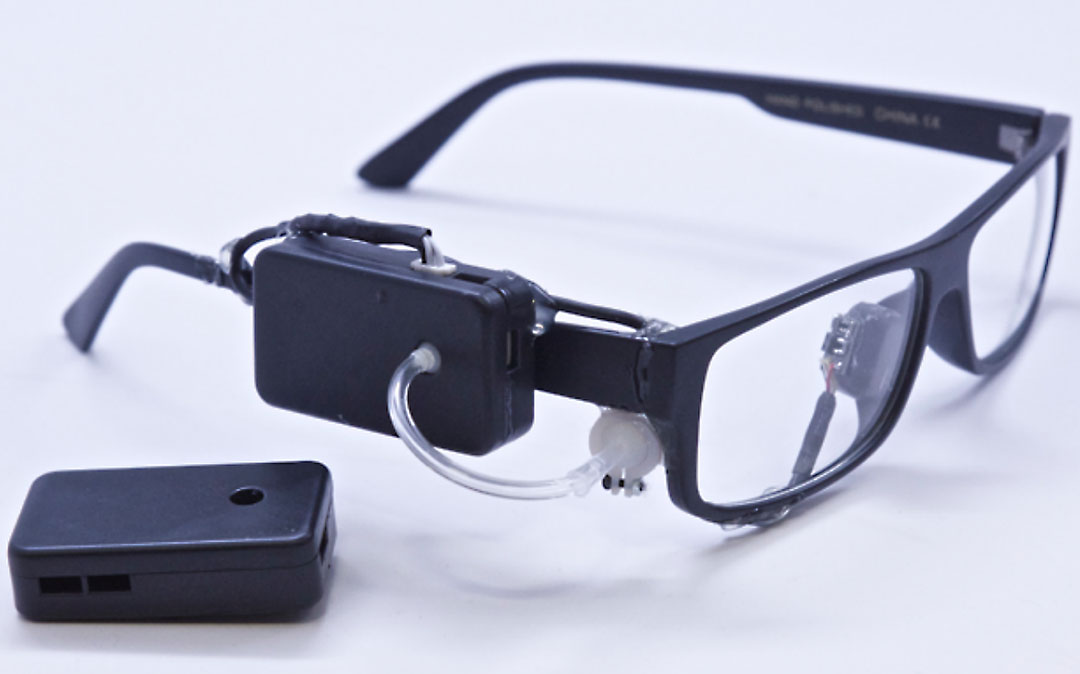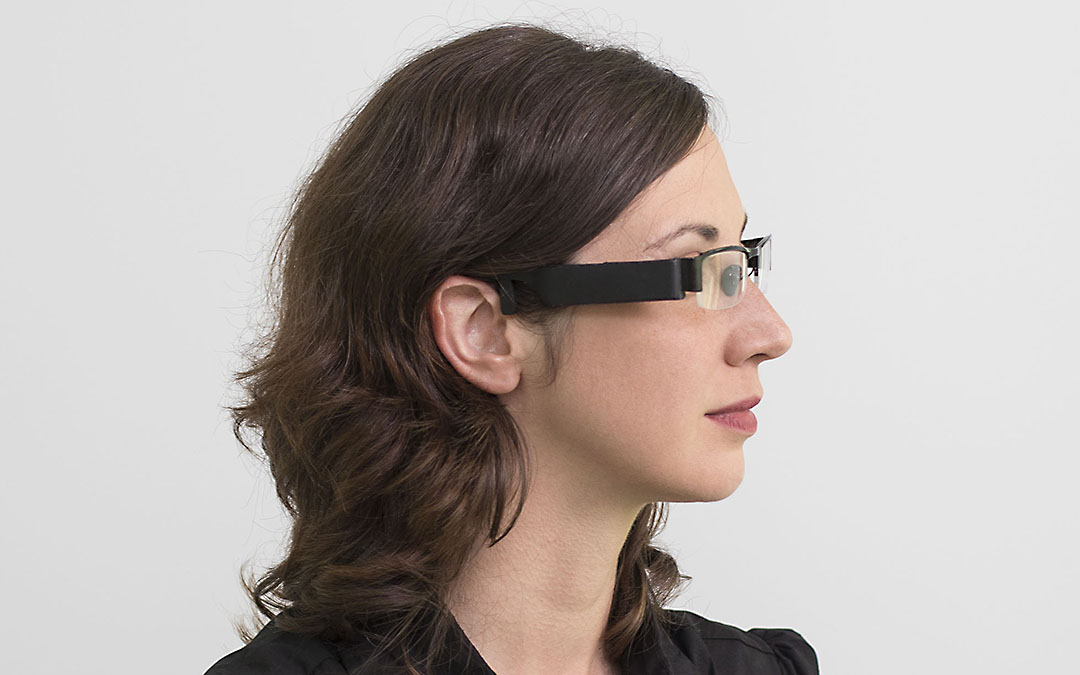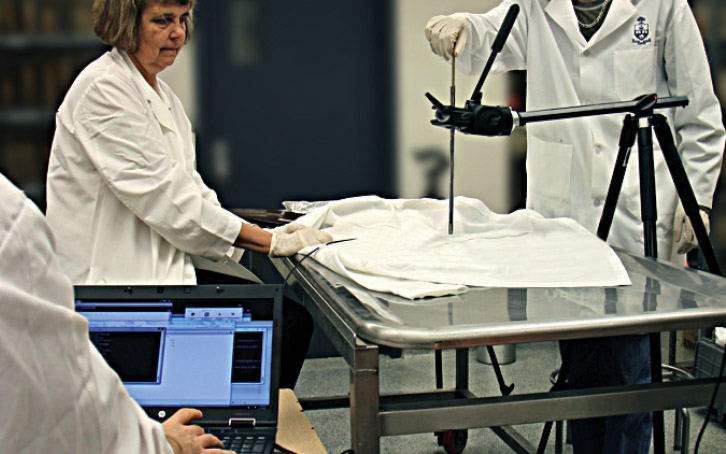DualBlink
A Wearable Device to Continuously Detect, Track, and Actuate Blinking For Alleviating Dry Eyes and Computer Vision Syndrome
ACM IMWUT 2017Abstract
Increased visual attention, such as during computer use leads to less blinking, which can cause dry eyes—the leading cause of computer vision syndrome. As people spend more time looking at screens on mobile and desktop devices, computer vision syndrome is becoming epidemic in today’s population, leading to blurry vision, fatigue, and a reduced quality of life. One way to alleviate dry eyes is increased blinking. In this paper, we present a series of glasses-mounted devices that track the wearer’s blink rate and, upon absent blinks, trigger blinks through actuation: light flashes, physical taps, and small puffs of air near the eye. We conducted a user study to evaluate the effectiveness of our devices and found that air puff and physical tap actuations result in a 36% increase in participants’ average blink rate. Air puff thereby struck the best compromise between effective blink actuations and low distraction ratings from participants. In a follow-up study, we found that high intensity, short puffs near the eye were most effective in triggering blinks while receiving only low-rated distraction and invasiveness ratings from participants. We conclude this paper with two miniaturized and self-contained DualBlink prototypes, one integrated into the frame of a pair of glasses and the other one as a clip-on for existing glasses. We believe that DualBlink can serve as an always-available and viable option to treat computer vision syndrome in the future.
Reference
Artem Dementyev and Christian Holz. DualBlink: A Wearable Device to Continuously Detect, Track, and Actuate Blinking For Alleviating Dry Eyes and Computer Vision Syndrome. In Proceedings on Interactive, Mobile, Wearable and Ubiquitous Technologies 2017 (ACM IMWUT).





